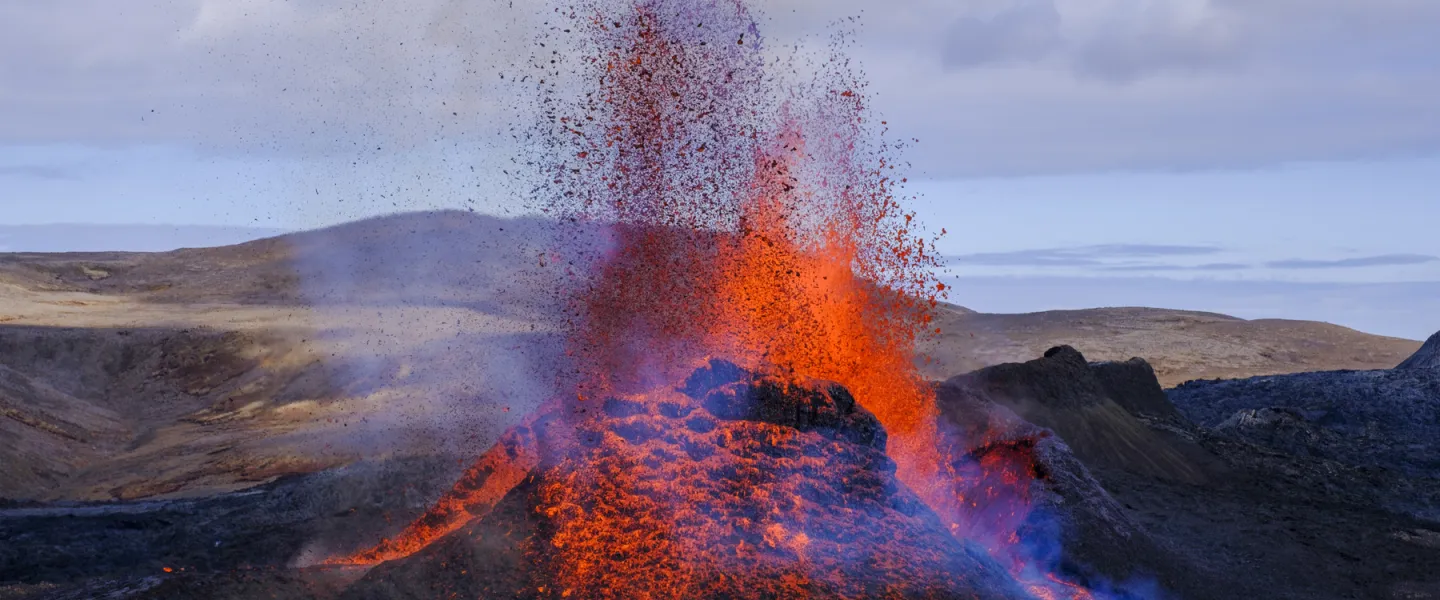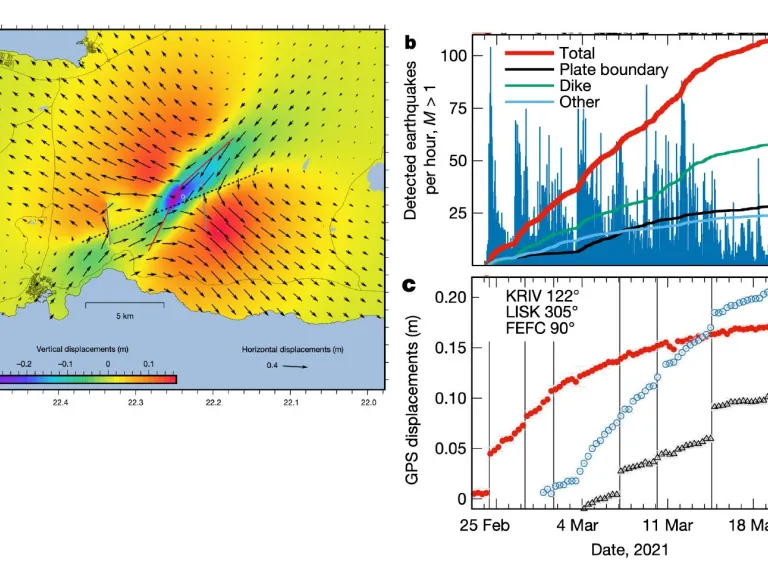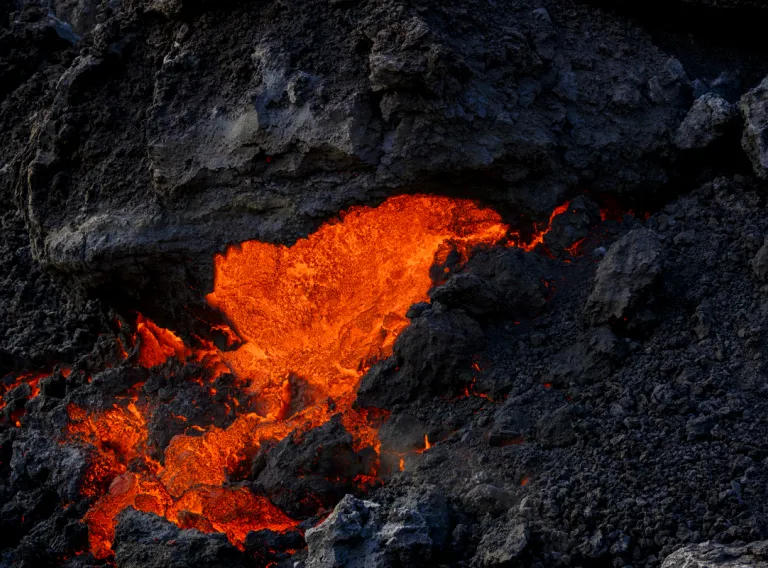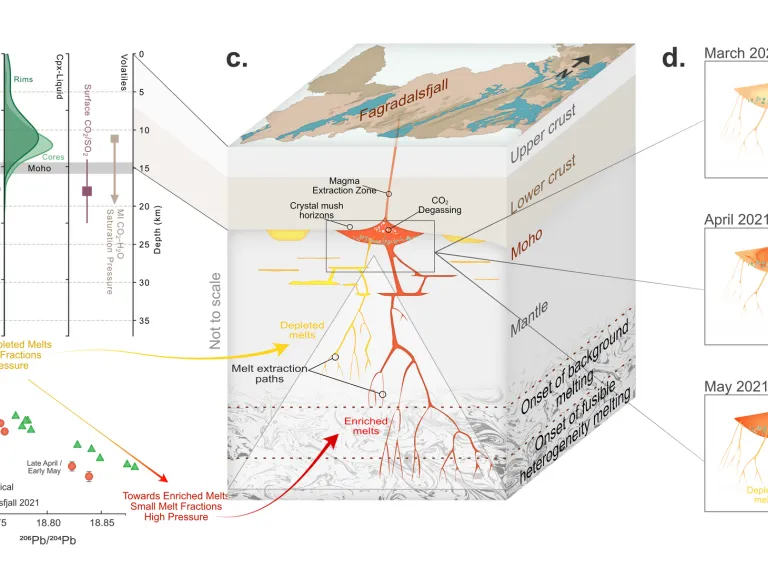
- Earth scientists in Iceland have published two papers in the latest issue of Nature
- Precursors to the eruption governed by the interplay between magma flow and tectonic stress release
- Magma erupted directly from a near-Moho storage zone
- Changes to the composition of lava provided a unique insight into the complex processes behind the generation and shifting of magma at the source of the eruption
- It is very rare for scientists in Iceland to have two papers published in the same issue of Nature
The precursors to the eruption at Fagradalsfjall last year were unusual compared to many other eruptions across the world and the composition of the lava changed as the eruption continued. These are among the findings of two papers published in the latest issue of Nature by scientists at the University of Iceland and the Icelandic Meteorological Office along with a large number of colleagues. Scientists in Iceland closely observed the seismic activity on Reykjanes Peninsula in SW-Iceland, which began in December 2019 and culminated with the eruption which began on 19 March 2021 and continued for around half a year. An extensive network of measuring stations and the proximity with towns in southwest Iceland enabled scientists to follow developments very closely. This was the first eruption on the Reykjanes Peninsula after 800 years of dormancy.
One of the papers published in Nature today is entitled "Deformation and seismicity decline before the 2021 Fagradalsfjall eruption". It discusses the precursors to the eruption and how they differ from the precursors of many other eruptions around the world. This paper was produced by a team led by Freysteinn Sigmundsson, research scientist at the Institute of Earth Sciences, University of Iceland, and Michelle Parks, specialist in volcanic deformation at the Icelandic Meteorological Office. The team also included many other scientists at the Institute of Earth Sciences, the Icelandic Met Office, Iceland GeoSurvey and other institutes in the UK, New Zealand and the Czech Republic.
Seismic activity declined shortly before the eruption
As most people in Iceland will remember, there was a significant earthquake activity on the Reykjanes Peninsula in the weeks leading up to the 2021 eruption. This period was marked by tectonic stress release in the crust. However, for several days before the eruption, deformation and seismic activity declined in the area around the eruption site. This precursory pattern is different compared to precursors to many other eruptions around the world, which often show escalating rates of ground displacement and seismicity shortly before the eruption onset, as the magma forces its way to the surface.
The scientists behind the paper explain that the behaviour at Fagradalsfjall is caused by the interplay between magma flow and plate tectonic stress. As magma forces its way through the crust before an eruption, tectonic stress may be released, causing earthquakes and ground deformation in the early stages. A decline in seismicity and deformation may indicate that this process is coming to an end and that the magma may erupt.





